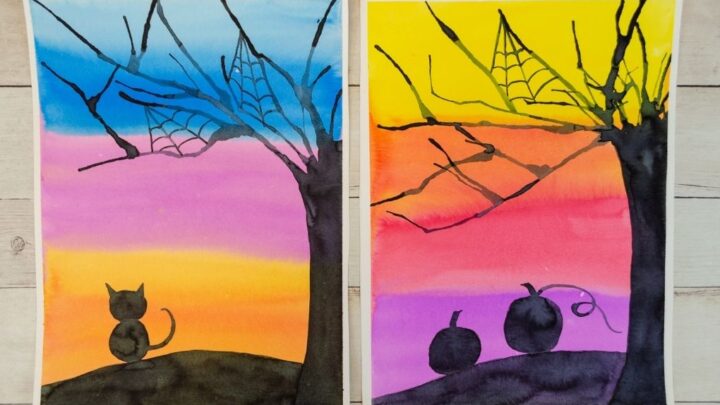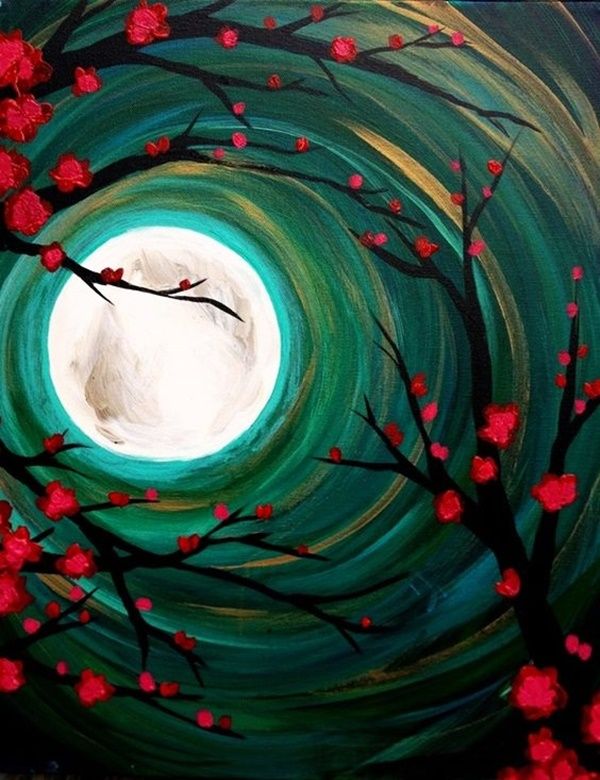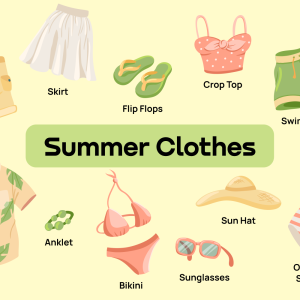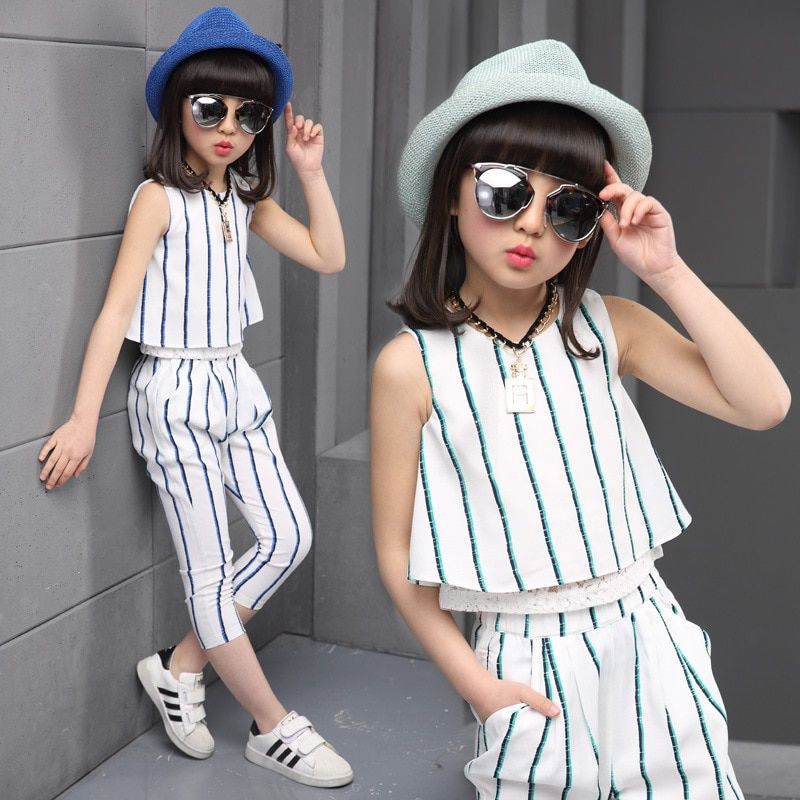Artsy envisions a future where everyone is moved by art every day. To get there, we’re expanding the art market to support more artists and art around the world. As the leading marketplace to discover, buy, and sell fine art, Artsy believes that the process of buying art should be as brilliant as art itself. That’s why we’re dedicated to making a joyful, welcoming experience that connects collectors with the artists and artworks they love.
Artsy General Information
Description
Developer of an online platform for collecting and discovering art intended to expand the art market to support more artists and art in the world. The company partners with leading museums, international galleries, auction houses, and art fairs to create the world’s largest art marketplace and also manages art publications online, empowering a global audience to learn about, discover and collect art.
If an artist has a physical piece to sell such as a painting and a collector is interested in buying it, all the collector has to do is click on a button and buy the work. The artist is then sent an email confirmation that a sale has been confirmed with information on where to send the artwork to. The artist is responsible to ship the work according to the packaging requirements from Saatchi Art. Please note that this is a very cumbersome and several of the artists in our PoetsArtists community have sold work through Saatchi. In many cases they have confessed it is a nightmare to ship the works because of the stringent requirements.
However, there is a reason for their stringent request. I have encountered several shipping disasters of works sent to museums and I can see why Saatchi is so strict about packaging artwork.

In either case here is the important missing link of buying online whether it is through Artsy, Artnet or elsewhere. The price of the sale is documented somewhere in the art market bank. This means that down the road when a piece goes up to auction, there is a documented price for what a work sold for.
It is important for galleries to be strategic about what work is uploaded to Artsy and also the pricing especially since galleries set the price for an artwork for their represented artists. Many times once an artist is represented by an established gallery, the price for the artwork changes to accommodate their gallery’s selling strategy.
To run a successful online selling venue, there must be someone dedicated to maintaining it and answering inquiries in a timely manner. I have bought through Artsy and Saatchi Art and I don’t like to wait longer than a few hours for a response even if it is during the weekend. When an inquiry is received from Artsy to a gallery, the email contains information about the buyer. They will see how many times they have inquired and how many works they have bought.
This feedback from Artsy will give the gallery an indication of whether the buyer is serious or not. This is a word of caution to buyers clicking away on Artsy. We once received an inquiry who had inquired 1000 times and never purchased any work. The gallery may then decide to consider it spam or not. I would recommend to be cordial and just give basic information and then mark it as spam since Artsy is checking at their end if the inquiries coming in are being answered promptly.
The main difference between Artsy and Artnet is that they attract different buyers. It depends on the artists which are up on either. Artnet has been around longer than Artsy. It all depends on where you prefer to shop.
Even though Artsy is my favorite tool for selling art, it is not right for every gallery. Read the information on their website and set-up an appointment to talk to one of their representatives. Do your homework when considering which commerce site is best for you.
Update: Since this article was originally published, it is now possible to buy art from Instagram. They are setting it up so that galleries have a storefront.
Selling art online is a mainstay for galleries and there will be many opportunities and venues to start keeping track of. If you are an artist make sure to submit your artwork to galleries which have an online presence and are keeping up with the latest online sales trends.
The market for buying, selling and learning about visual art online is getting a significant boost today. Artsy, the New York startup that has positioned itself as the go-to place for all things arty — a platform for people to learn about visual art online as well as explore opportunities to buy and sell work — has raised $50 million in funding.

The company is not disclosing its valuation but deal intelligence service Pitchbook notes that it is $275 million post-money (and $225 million pre-money).
Carter Cleveland, Artsy’s co-founder and CEO, said in an interview that the plan is to use the investment to dive deeper into auctions, which today are the fastest-growing part of the site after the company secured partnerships with Christie’s, Sotheby’s and Phillips, the three leading brick-and-mortar auction houses.
Cleveland said Artsy has seen auctions quadruple in number on the platform in the last year, and now Artsy accounts for one-third of all received bids for auctions it hosts, and nine percent of all sales.
Meanwhile, Artsy’s current business mainstay — developing and hosting sites for 1,800 commercial galleries in 90 countries, and selling their work online — has helped contribute to $20 million of sales each month from a user base of 2 million unique visitors per month (who also visit it for its content, which includes an in-house magazine and other informational content).
The Series D, which brings the total raised by Artsy to around $100 million, was led by Avenir Growth Capital, a new firm out of New York, and includes a very long list of investors — 56, according to the Form D we spotted.

Some of the most prominent are worth noting. They include investment firm L Catterton, Thrive Capital, Shumway Capital, the art dealer Larry Gagosian (founder of Gagosian Gallery), Airbnb co-founder Joe Gebbia, members of the Rockefeller and Acquavella families, Greg Maffei of Liberty Media, Dasha Zhukova (Artsy co-founder, founder of Garage Museum of Contemporary Art and partner of Russian oligarch Roman Abramovich), board members Wendi Murdoch (also an Artsy co-founder), Sky Dayton (Earthlink, Boingo), and new board members Rich Barton (Expedia, Glassdoor, Zillow) and Bob Pittman (MTV co-founder, iHeartMedia CEO).
Andrew Sugrue (co-founder of Avenir Growth Capital and formerly both of L Catterton and Shumway Capital, and a repeat Artsy investor) also joined the board as part of the round.
The funding signifies an interesting shift in the relationship between art and the internet.
Art was one of the early movers when it came to early e-commerce efforts, with startups in the 1990s building portals to sell work from established dealers and artists, and companies like eBay and Amazon partnering with the auction houses to bring lots and their auction ethos to the web.
Much of that never really went anywhere, though, partly because of skepticism about whether it was possible to be able to authenticate (or appreciate) work well enough on digital platforms, partly because the majority of buyers and sellers were not digitially-oriented, and, in the case of services like live auctions, whether the infrastructure was there to make it work.
But the art market has evolved. Galleries and artists now directly use the internet to spread the word about their work; buyers are more digitally savvy; and the quality of networks and devices to view art at its best has vastly improved.
And the infrastructure that goes into making the art market run has caught up with the times: if you look at pictures of works of art on Artsy, you can zoom in to get very granular detail, and there is a long vetting process by way of the dealer connection, much like the relationship clothing site Farfetch provides between high end fashion houses and boutiques and buyers.

Artsy has been one of a group of startups that has reaped the benefits. Others include Catawiki and Auctionata in Europe. But the economics still do not always work. Earlier this year, Auctionata went into administration and its business was acquired by another online art and collectibles business, Historia.
The global art market is currently valued at around $44 billion annually, and about $3.75 billion of that was spent online in 2016, according to The European Fine Art Foundation, a rise of about 15 percent over 2015.
“Art is one of the last consumer verticals that has not gone online,” Cleveland said today. “When we first started out, a lot of people asked us, ‘Will you ever be able to convince the industry?’ Well, we did that and then we were asked, ‘Would anyone actually ever bid on expensive artworks on there?’ Now we can definitively say Yes.”
Fun fact: Artsy was part of the first-ever Disrupt lineup of startups back in 2010 as Art.sy (the Art.sy URL no longer directs to Artsy, however).
Going forward, there are plans to add in more features as well. One of the sticking points so far has been that Artsy doesn’t have video for their auction streams.
The reason, Cleveland said, is because of the transaction distance on its platform: it attracts a global audience and so buyers can be up to 3,000 miles away from where the sale is originating, “one of the furthest of any streamed e-commerce site online,” Cleveland said. That means offering video would have too high a latency and so real-time bidding would not work.

Another are services to push more sales, of course, as a way to bringing more turnover and activity into the market.
“Despite an estimated $3 trillion of art assets in the world, only $44 billion trades in a given year—and less than 2 percent of qualified buyers participate in this market due to high transaction costs, long lead times, and limited transparency on pricing and value,” said Sugrue, in a statement. “We believe Artsy will bring this last major consumer category online and thereby substantially expand the size of the global art market. We look forward to working with Artsy to make a larger, more connected art market a reality.”













7 Comments
Comments are closed.